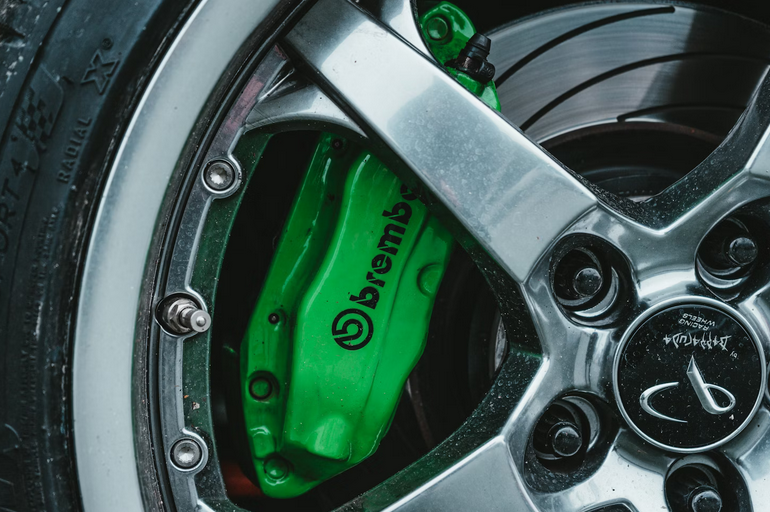How Hybrid Cars Work: Unraveling the Technology Behind Dual-Power Systems
In recent years, the automotive industry has witnessed a significant shift toward more sustainable and eco-friendly transportation options, with hybrid cars leading the way. Combining the best of both worlds, traditional internal combustion engines and electric power hybrid vehicles are redefining how we think about efficiency and environmental impact. Let’s take a closer look at how these marvels of engineering work and the technology behind their dual-power systems.
Dual Power Sources: The Heart of Hybrid Technology
At the core of hybrid cars lies the integration of two distinct power sources: a conventional gasoline engine and an electric motor. This dual-power setup allows hybrids to harness the strengths of each technology, delivering improved fuel efficiency and reduced emissions.
Regenerative Braking: Turning Momentum Into Energy
One of the key features that set hybrid cars apart is regenerative braking. Traditional cars dissipate braking energy as heat, but hybrids are designed to capture and convert this energy back into electricity. When the driver applies the brakes, the electric motor acts as a generator, transforming kinetic energy into electrical energy, which is then stored in the hybrid’s battery for later use.

Intelligent Power Management: Maximizing Efficiency
Hybrid vehicles employ advanced computer systems to manage the power sources intelligently. The onboard computer continuously monitors driving conditions, battery charge, and power demand, deciding in real-time when to draw power from the gasoline engine, the electric motor, or both. This dynamic power management ensures optimal efficiency and minimizes fuel consumption.
Electric-Only Mode: Whispers of Silence on the Road
Hybrids often feature an electric-only mode, allowing the vehicle to operate solely on electric power for shorter distances or at lower speeds. This feature is particularly advantageous in urban settings, where the silent, emission-free electric mode contributes to a quieter and cleaner driving experience.
Atkinson Cycle Engines: Enhancing Efficiency

Many hybrid cars utilize Atkinson cycle engines, a design that prioritizes efficiency over raw power. These engines have a longer compression stroke than the expansion stroke, promoting improved fuel efficiency at the cost of reduced power output. The electric motor compensates for this by providing additional power during acceleration or high-demand situations.
The magic of hybrid cars lies in their ability to seamlessly integrate two distinct power sources, offering drivers the efficiency of electric power and the range of traditional internal combustion engines. As technology continues to evolve, hybrid vehicles stand at the forefront of a greener and more sustainable future on our roads. So, the next time you see a hybrid car silently cruising by, know that you’re witnessing a sophisticated blend of technology, efficiency, and environmental responsibility.…



